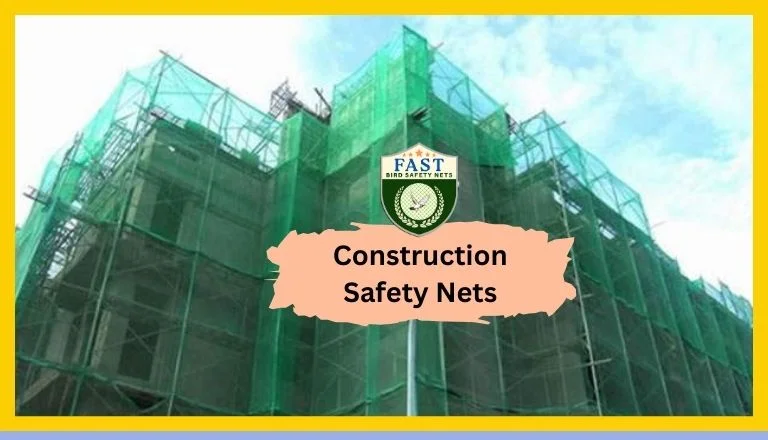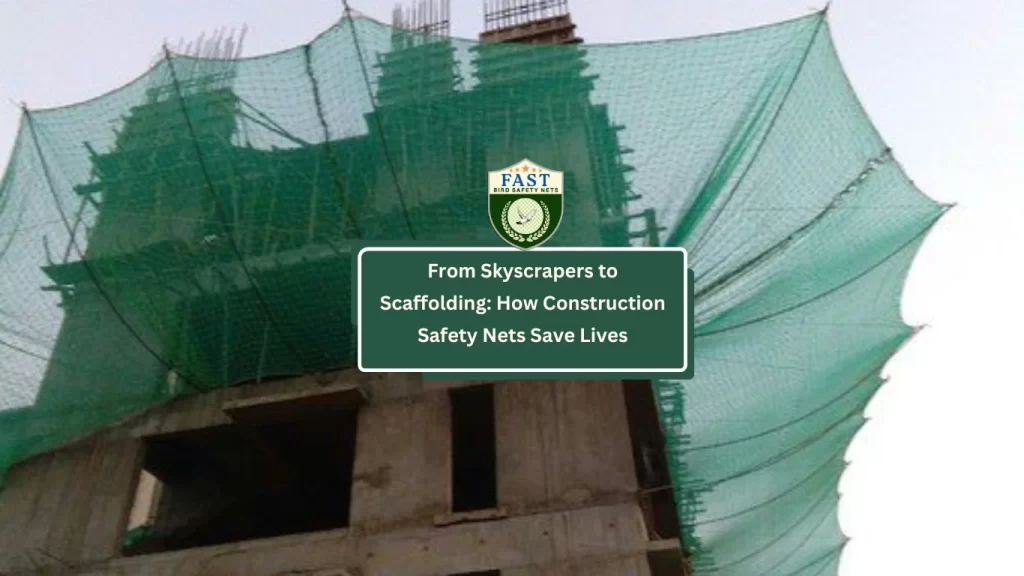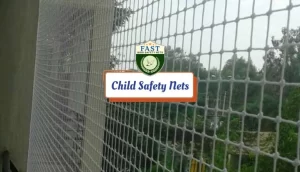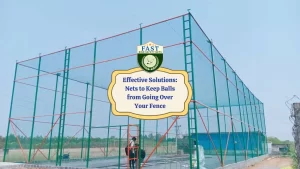Construction sites are inherently dangerous environments, with workers facing numerous hazards every day. Falls from heights, in particular, are a leading cause of injuries and fatalities in the construction industry. In this article, we delve into the importance of construction safety nets and how they play a crucial role in saving lives across various construction settings, from towering skyscrapers to temporary scaffolding structures.
1. Understanding the Risks: The Dangers of Working at Heights

Working at heights poses significant risks to construction workers, with falls being one of the most common and deadly accidents. Whether working on high-rise buildings, bridges, or scaffolding, workers are exposed to the danger of falling from elevated surfaces, leading to severe injuries or even death. Understanding these risks is the first step in implementing effective safety measures to protect workers on construction sites.
2. The Role of Safety Nets: Providing a Last Line of Defense
Safety nets serve as a critical safety measure in construction, providing a last line of defense against falls from heights. Installed horizontally beneath work areas, safety nets are designed to catch falling workers and prevent them from hitting the ground or lower levels of the construction site. By acting as a cushioning barrier, safety nets absorb the impact of falls, reducing the severity of injuries and saving lives in the process.
3. Skyscrapers: Protecting Workers on Tall Structures
Construction of skyscrapers presents unique challenges due to the extreme heights involved. Workers on high-rise buildings face increased risks of falls, with potential consequences ranging from serious injuries to fatalities. Safety nets are essential in this context, offering a reliable means of protection for workers performing tasks at dizzying heights. Installed at various levels of the building, safety nets provide comprehensive coverage and peace of mind for workers and supervisors alike.
4. Scaffolding: Ensuring Safety on Temporary Structures
Scaffolding is a common feature on construction sites, providing temporary access and support for workers as they perform tasks at elevated heights. However, scaffolding can also pose significant safety risks if proper precautions are not taken. Safety nets are a crucial component of scaffolding safety, offering a vital safeguard against falls and ensuring the protection of workers navigating these temporary structures. By installing safety nets around scaffolding, construction companies can mitigate risks and create a safer working environment for their employees.
5. Compliance and Regulations: Meeting Industry Standards
The use of safety nets in construction is not only a matter of best practice but also a legal requirement in many jurisdictions. Regulatory bodies and industry standards organizations mandate the use of safety nets as part of comprehensive fall protection plans on construction sites. Compliance with these regulations is essential for ensuring the safety of workers and avoiding potential legal consequences for employers. By adhering to industry standards and implementing proper safety measures, construction companies can protect their workforce and uphold their legal obligations.
6. Training and Education: Empowering Workers with Knowledge
In addition to implementing safety measures such as safety nets, proper training and education are vital components of a robust fall protection program. Workers must receive thorough training on how to use safety equipment correctly, identify potential hazards, and respond effectively in the event of an emergency. By empowering workers with the knowledge and skills they need to stay safe on the job, construction companies can significantly reduce the risk of falls and other accidents on their sites.
Conclusion:
In conclusion, construction safety nets play a crucial role in saving lives and preventing injuries in the construction industry. Whether on skyscrapers or scaffolding, these essential safety devices provide a vital safeguard against falls from heights, protecting workers and ensuring their well-being on construction sites. By understanding the risks, implementing proper safety measures, and prioritizing worker training and education, construction companies can create safer working environments and prevent tragic accidents from occurring.






